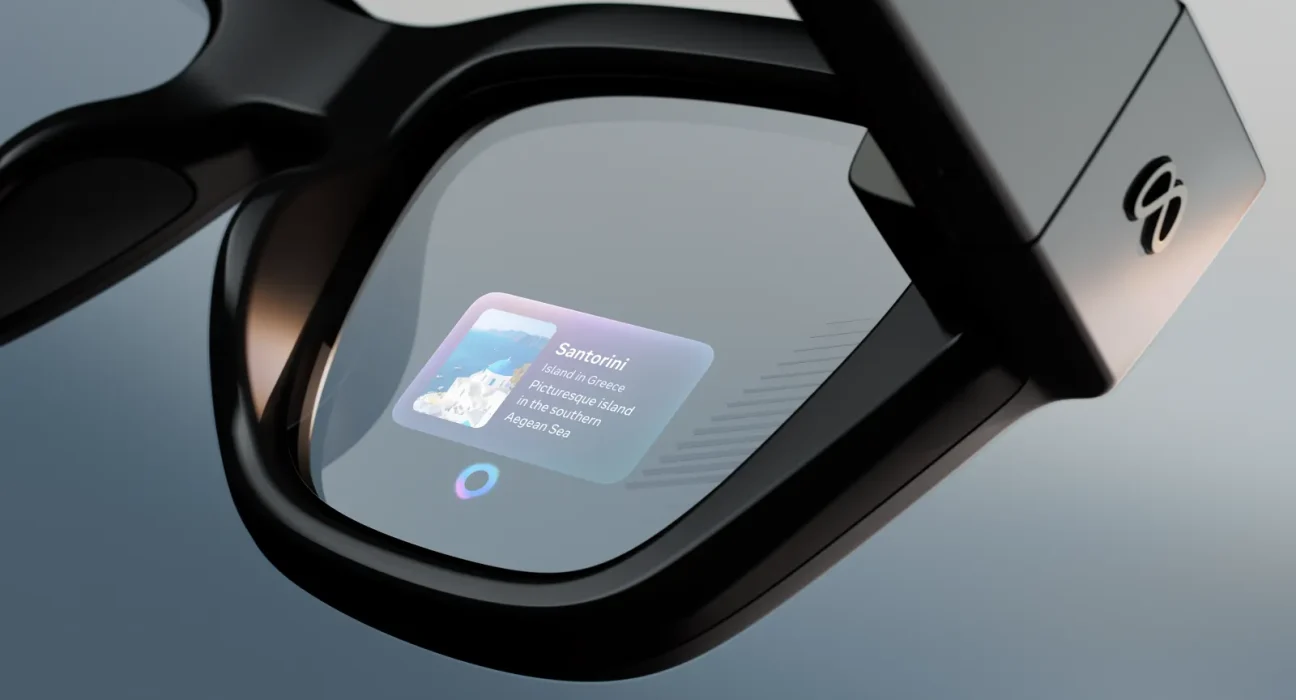Meta has launched its latest wearable, the Meta Ray-Ban Display smart glasses, priced at $799, featuring a built-in display and AI integration. Revealed at the Connect developer conference, these smart glasses aim to shift how we interact with technology daily, enabling hands-free notifications and commands via a wristband controller.
Designed for Everyday AI Use
Table of Contents
ToggleAccording to Meta CEO Mark Zuckerberg, the Ray-Ban Display glasses are intended to offer what he calls a “personal superintelligence.” With these smart glasses, wearers can stay present in the real world while relying on AI for memory prompts, quick information access, and hands-free communication. Although some glitches appeared during the live demo, the audience response was positive, signaling strong interest in this new category of wearable tech.
Pricing, Models, and Availability
The $799 Ray-Ban Display will start shipping on September 30, 2025. In addition to this flagship model, Meta introduced two other variants:
Oakley Vanguard – designed for athletes, priced at $499, optimized for performance and likely with sport-friendly design features.
Updated Ray-Ban model – priced at $379, this version has improved camera hardware and longer battery life, offering a more affordable entry into Meta’s smart glasses lineup.
By offering different models, Meta aims to reach varied users—from tech enthusiasts and athletes to everyday consumers.
Market Context and What’s Coming Next
Experts expect the initial sales of the $799 model may be modest. After all, smart glasses with built-in displays are still a relatively new concept for many consumers. However, analysts see this launch as a stepping stone toward Meta’s more ambitious Orion glasses, projected for 2027.
AR/VR and smart glasses shipments globally are expected to grow by roughly 40% this year, according to IDC, driven in part by more affordable and functional wearables such as these. Meta’s push into this space positions the company to remain competitive in the rapidly expanding wearables market.
Challenges Meta Must Address
While the Meta smart glasses offer promising new features, several challenges remain:
Privacy & safety concerns, especially around younger users and how display data is used or stored.
Battery life, particularly in display mode or when using continuous AI or camera features.
User comfort & design: wearables with electronic components must balance weight, aesthetics, and functionality.
Adoption curve: people may be reluctant to adopt new technology until reliability, use-cases, and cost are more proven.
Meta must also clarify how AI is integrated – whether through cloud or local processing – to address latency, data security, and user experience. Transitioning from smartphone-centric interfaces to wearable-first UX is a substantial shift.
A Big Leap Forward
Overall, the Meta smart glasses represent a significant move in wearable tech. With built-in display, AI assistance, and multiple price-points, Meta is laying the groundwork for mainstream adoption of smart glasses. While the $799 model may serve early adopters, the more affordable versions will likely bring in a broader audience.
If successful, these glasses may redefine how we interact with notifications, information, and digital assistants—making technology more integrated into daily life without pulling us away from reality.







